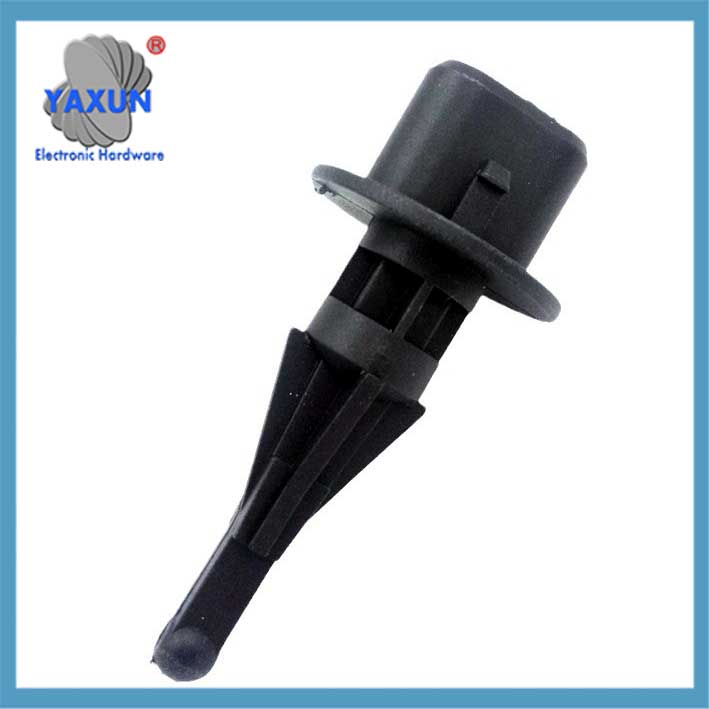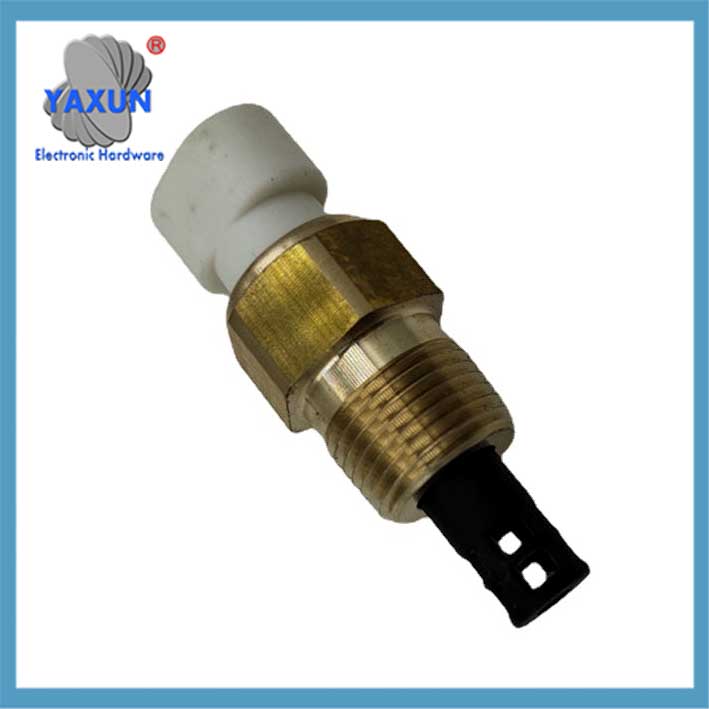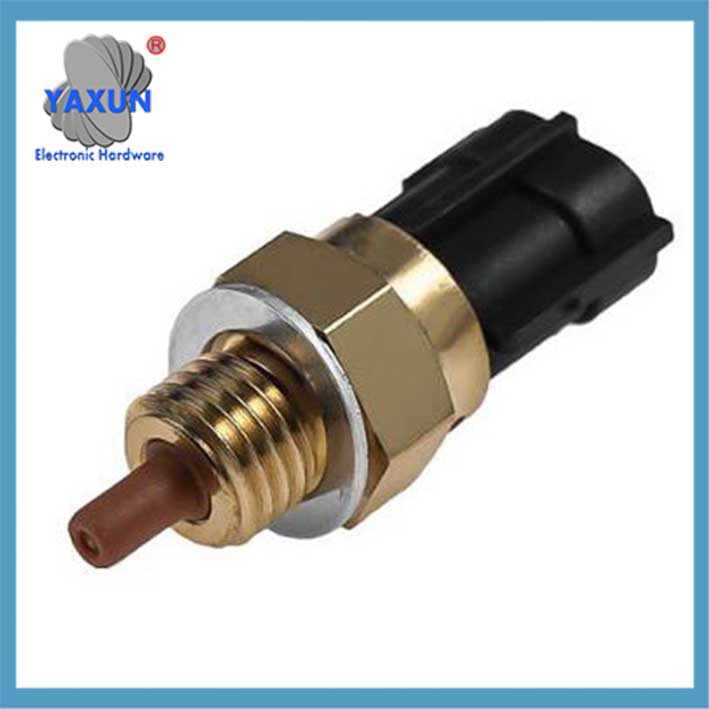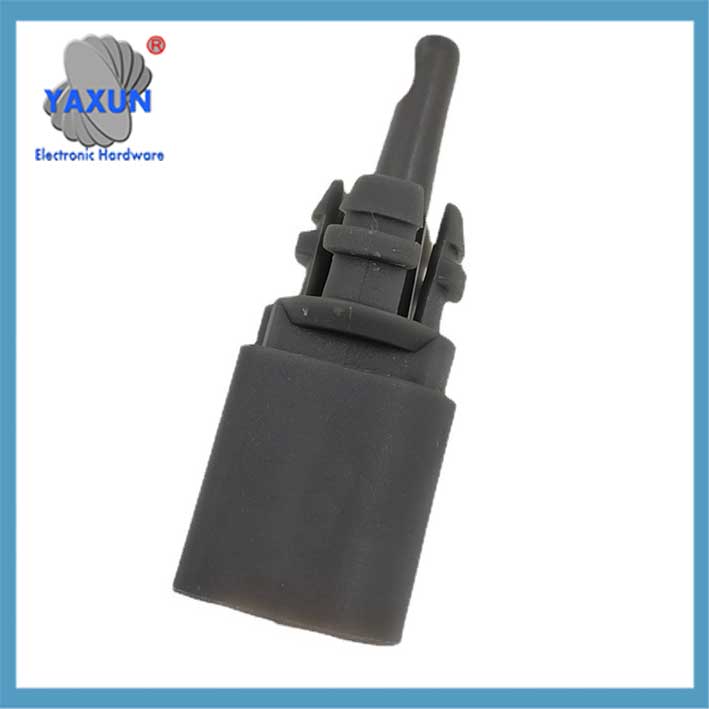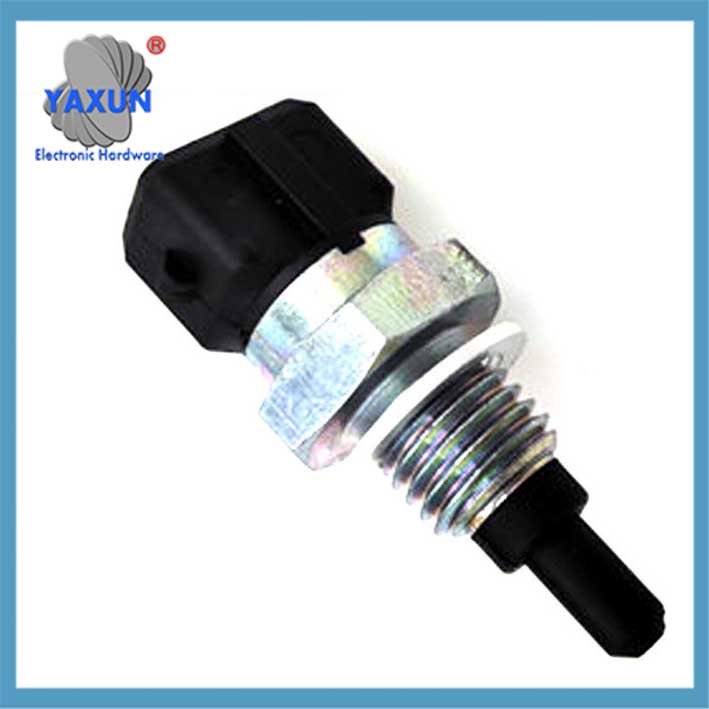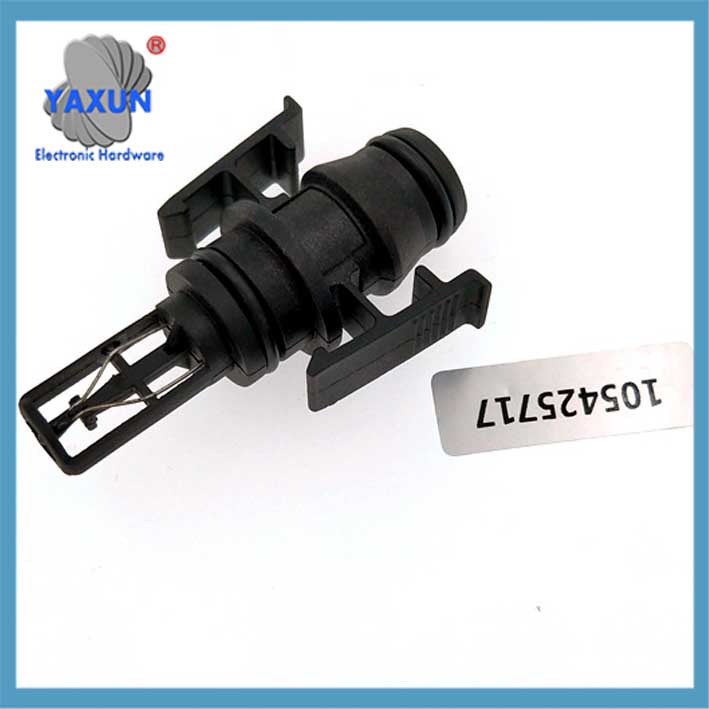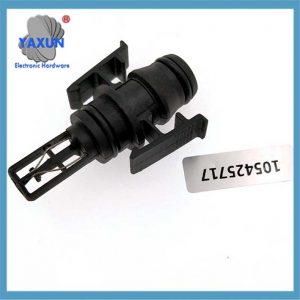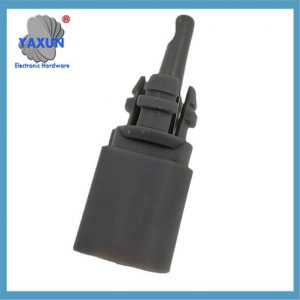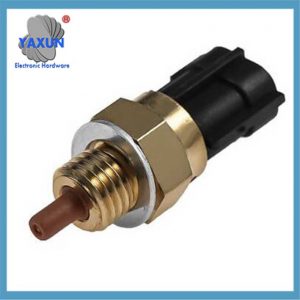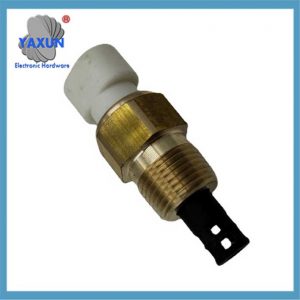產品類別
產品標籤
自定義汽車進氣溫傳感器的功能
自定義汽車進氣溫的功能 (IAT) 感應器, 您可以將傳感器的信號輸出修改為發動機控制單元 (ECU). 這通常是通過串聯添加阻力或與傳感器平行的, 有效更改ECU接收的電壓信號. 這可以使用電位計 (可變電阻) 或固定電阻器. 更改IAT信號可能會影響ECU關於燃料交付和點火時間的決定, 潛在影響發動機性能.
汽車進氣溫度傳感器相關知識. 這個問題在汽車維修和電控領域很常見.
汽車進氣溫度傳感器的幾個要點: 第一的, 所有材料都強調這是負溫度係數 (NTC) 熱敏電阻感測器, 這是了解其工作原理的基礎. 第二, 安裝位置有兩種主流方案 (油門前/後), 但功能是一樣的. 在故障症狀部分, 多方多次提及啟動困難、怠速不穩定等典型表現, 需要整合以避免冗餘.
特別注意進排氣溫度傳感器的差異比較. 這個知識點對於了解進氣溫度傳感器的特殊性非常有幫助, 並考慮簡要提及它. 技術參數方面, 提到熱車和冷車條件下信號電壓的差異非常有價值,可以反映傳感器的動態工作特性.
準備使用結構化演示: 首先概述定義和核心原則, 然後將其展開為三部分: 工作流程, 功能, 和故障.
進氣溫度傳感器 (IAT) 是發動機管理系統的關鍵組件. 用於監測進入發動機的空氣溫度並將數據轉換成電信號傳輸至電子控制單元 (ECU) 實現噴油量、點火正時等參數的精確修正. 以下是其核心點:
我. 工作原理及結構
核心組件
採用負溫度係數 (NTC) 熱敏電阻: 溫度升高時電阻值減小, 當溫度降低時電阻值增大.
信號轉換
傳感器與ECU形成閉路. ECU提供5V參考電壓 (THA線) 另一個是接地線 (E2). 溫度變化導致電阻變化, 這反過來又改變電路電壓並產生與溫度相對應的電信號.
IAT 傳感器測量進入發動機進氣歧管的空氣溫度.
該信息對於 ECU 計算適當的空氣燃料混合物和點火正時以實現最佳燃燒至關重要.
ECU 向傳感器發送電壓並讀取傳感器上的壓降, 對應於進氣溫度.
信號特徵
冷車狀態: 信號電壓與水溫傳感器類似;
熱車狀態: 信號電壓約為水溫傳感器信號電壓的2~3倍.
II. 安裝位置及功能
安裝位置
位於進氣管或空氣流量計內, 要么在油門之前 (進氣管) 或踩油門後 (進氣歧管).
核心功能
空燃比修正: 低溫空氣密度高, 所以ECU增加噴油量; 高溫空氣密度低, 因此減少燃油噴射量以確保最佳燃燒效率.
防敲擊: 高溫進氣容易發生爆震, 所以ECU相應地調整點火提前角.
渦輪保護: 監測增壓後空氣溫度,防止過熱損壞.
III. 故障現象及診斷
典型故障現象
起步困難, 不穩定的閒置速度, 和微弱的加速度;
廢氣排放超標 (黑煙);
發動機故障燈亮.
故障原因及影響
| 故障類型 | 數據流性能 | 對混合物的影響 | 根本原因 |
|---|---|---|---|
| 接地不良 | 溫度異常低 | 太有錢了 | 噴射脈衝寬度增加 |
| 傳感器短路 | 溫度異常高 | 太瘦了 | 噴射脈衝寬度減小 |
| 傳感器開路 | 信號丟失 | 太瘦了 | ECU使用預設值, 很難開始 |
檢測方法
電阻檢測: 拆下傳感器, 測量加熱後的電阻值 (比如使用吹風機), 並與標準值進行比較;
電壓檢測: 當點火開關處於 ON 位置時, 測量THA和E2之間的電壓 (常溫下約0.5~3.4V).
. 與其他溫度傳感器的區別與排氣溫度傳感器的比較
| 參數 | 進氣溫傳感器 | 排氣溫度傳感器 |
|---|---|---|
| 工作範圍 | -40〜〜150℃ | 200℃~1000℃ (更高) |
| 安裝位置 | 進氣管/空氣流量計 | 排氣歧管/近三元催化轉化器 |
| 核心功能 | 優化空燃比 | 保護催化劑, 控制DPF再生 |
| 材料要求 | 常規包裝 (塑料/環氧樹脂) | 耐高溫金屬外殼 (例如不銹鋼) |
V. 技術演進和重要性
作為NTC熱敏電阻的典型應用, 該傳感器通過簡單的物理特性實現高精度的溫度反饋, 直接影響發動機的功率, 燃油經濟性和排放水平. 雖然它的設計很小, 是現代電子控制系統實現閉環控制不可缺少的組成部分.
為什麼要定制IAT傳感器功能?
性能調優:
改變 IAT 信號可以成為微調發動機性能的一種方法. 例如, 模擬稍冷的進氣溫度有時會導致燃油混合物更濃並提高功率, 尤其是渦輪增壓發動機.
修改補償:
如果您修改了進氣系統 (例如。, 改變了進氣歧管, 增加了冷空氣入口), IAT 傳感器讀取的溫度可能與庫存溫度不同. 定制傳感器的輸出有助於補償這些變化.
測試和實驗:
修改 IAT 傳感器可以是試驗不同發動機參數並觀察對性能影響的一種方法.
如何定制:
增加阻力:
系列中: 添加與IAT傳感器串聯的電阻會增加整體電阻, 導致 ECU 解釋較低的溫度.
並聯: 並聯一個電阻會降低總電阻, 導致 ECU 解釋為更高的溫度.
電位器 (可變電阻器):
電位器可讓您調節電阻和, 所以, 動態感知進氣溫度.
這對於找到適合您的特定設置的最佳設置很有用.
傳感器位置:
由於熱浸,IAT 傳感器的位置也會影響其讀數. 進行調整時請考慮這一點.
ECU標定:
一些售後 ECU 允許您直接校準 IAT 傳感器讀數, 提供更精確的方式來定制其功能.
聯絡我們
等待您的電子郵件, 我們將在短時間內回覆您 12 小時提供您所需的有價值的信息.
 English
English Afrikaans
Afrikaans العربية
العربية বাংলা
বাংলা bosanski jezik
bosanski jezik Български
Български Català
Català 粤语
粤语 中文(简体)
中文(简体) 中文(漢字)
中文(漢字) Hrvatski
Hrvatski Čeština
Čeština Nederlands
Nederlands Eesti keel
Eesti keel Suomi
Suomi Français
Français Deutsch
Deutsch Ελληνικά
Ελληνικά हिन्दी; हिंदी
हिन्दी; हिंदी Magyar
Magyar Bahasa Indonesia
Bahasa Indonesia Italiano
Italiano 日本語
日本語 한국어
한국어 Latviešu valoda
Latviešu valoda Lietuvių kalba
Lietuvių kalba македонски јазик
македонски јазик Bahasa Melayu
Bahasa Melayu Norsk
Norsk پارسی
پارسی Polski
Polski Português
Português Română
Română Русский
Русский Cрпски језик
Cрпски језик Slovenčina
Slovenčina Slovenščina
Slovenščina Español
Español Svenska
Svenska ภาษาไทย
ภาษาไทย Türkçe
Türkçe Українська
Українська اردو
اردو Tiếng Việt
Tiếng Việt
